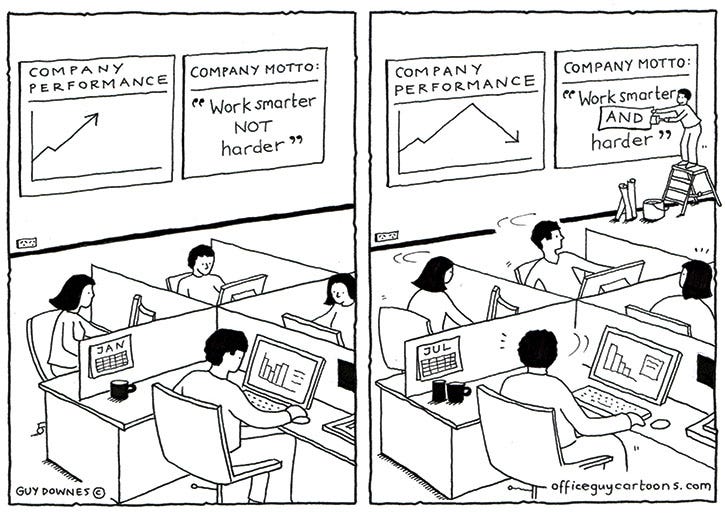
After a couple of decades of (almost) continued growth in the tech space, fueled by innovation (and pandemic-like events), where multiples skyrocketed and power-points were more common than spreadsheets in VC meetings, and getting funded became easier than getting revenue… reality (or correction, call it what you want) finally hit.
The new normal goes beyond the expected WFH: companies with <2y of runaway were instructed to cut costs, layoffs and hiring freezes are happening at every company that raised insane amounts of money, breakeven is becoming the new Northstar, SPACs started to give money back to investors, IPOs disappearing and valuations plunked.
In this new world order, how can companies thrive? The answer is, growing smarter. This means focusing your operations on performance, optimization, and excellence, while not letting new opportunities go to waste — and that’s why growth, as a methodology, not a buzzword, suddenly went from a privilege of the well-funded to a much-needed framework for everyone.
How so? Let’s look at the essence and characteristics of growth:
- Better decision-making: Even though there are many misconceptions, growth should be used as your validator, not your operator. So you can look at your growth team as the front-line warriors of your army. They will move ahead of everyone else and, if the field is ready for attack, they will let everyone else know. Which helps decision-makers with validated data.
- Resources usage: Growth experiments should always start with a small sample size and grow from there. By limiting the reach of your experiments, you can better manage the resources are your disposal and only add more fuel to what’s working.
- Risk-taking: When modeling an experiment, you cap the downside of things in case it goes bad, but the upside potential is always unlimited. So you can look at the growth team as the safe space for you to make bets (it’s your staging environment)
- Optimization: While growth can definitely be used for innovation, new channels, and more, it can also be applied to optimization. By improving conversion rates, click-through rates, open rates, and other rates, you are making more out of the same.
Disclaimer: growth has evolved a lot over the past years. There’s no one-size-fits-all model and each company can develop and tailor it in their own way — what we are describing here is a mix of growth as an optimization and innovation tool — to read more on this topic, check out: Growth is about systems, not hacks or ideas.
Last note: you don’t need the best brains in the world and all ideal skillsets in a team to get started. Most successful teams I’ve met started with a mixed structure and moved to a cross-functional one until the point where they became independent teams.
Self-promotion: at GrowthHackers, we help companies build growth, experimentation, and innovation programs, aiming at unlocking long-term sustainable growth — either through our software solutions, our consulting services, or our educational arm. If you feel like an extra-experienced hand could be helpful, our team is ready for a chat!



